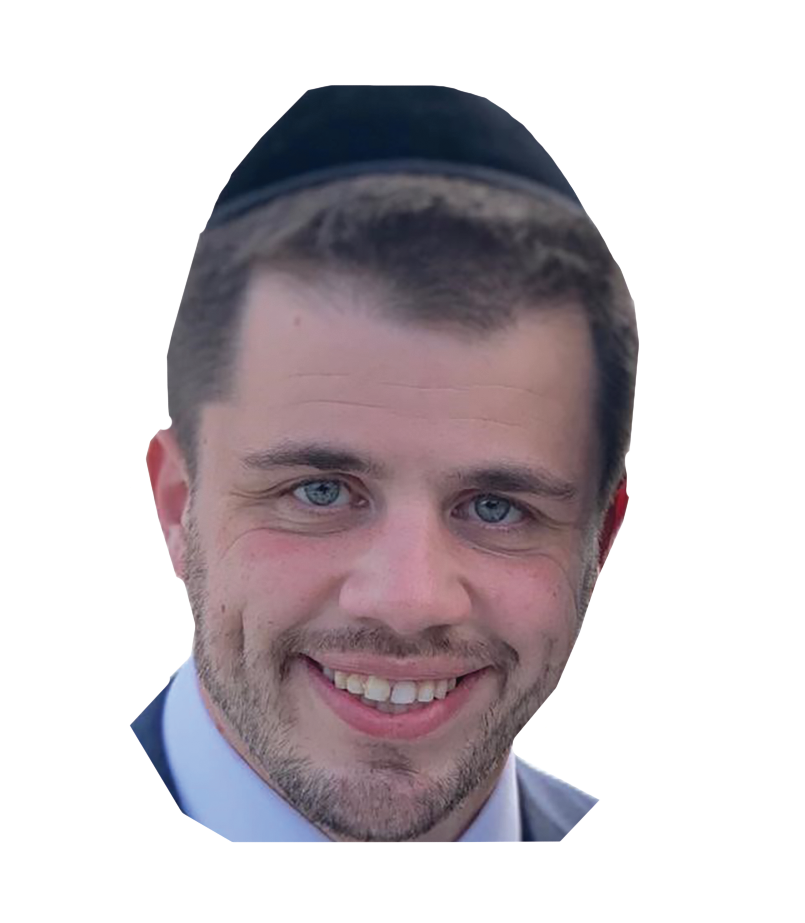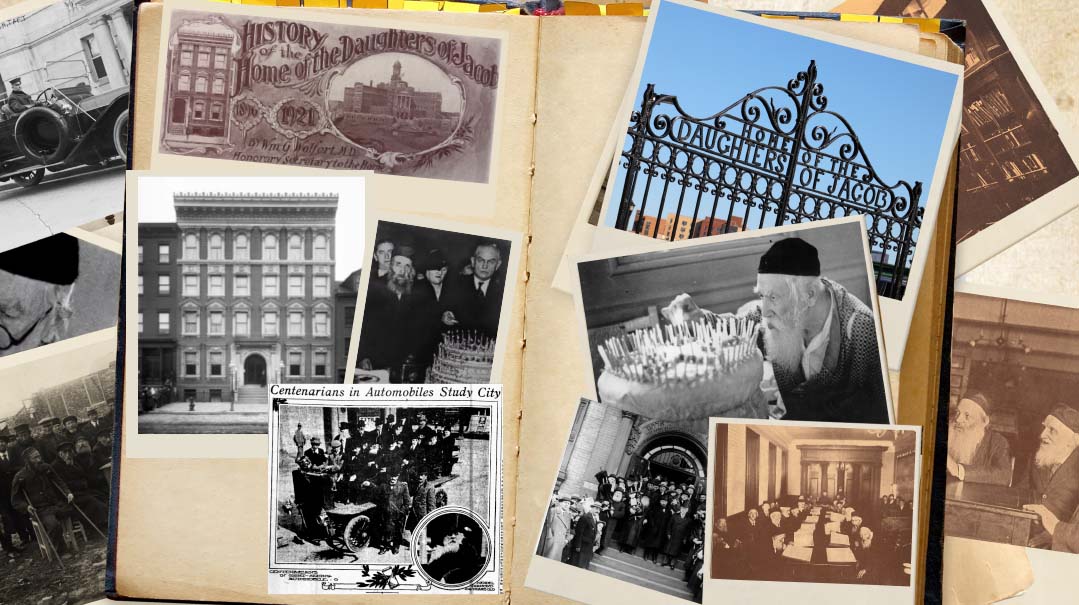When Zaidy Was No Longer Young: The Story of the Home of the Daughters of Jacob

The incredible story of New York's first shomer Shabbos, fully kosher nursing home, its colorful residents, and the legendary characters who built and sustained it

Photos: History of the Home of the Daughters of Jacob, YIVO, YU Archives, Kedem Auctions, Library of Congress, JewishData.com, New York Public Library, DMS Yeshiva Archives, various newspapers, AKG-Images
T
here’s no bigger pitfall for a historian than the proverbial rabbit hole. Taking the bait means that suddenly, the two late-night hours I’ve allotted to completing a story that’s been burning a hole in my computer for the last six months… have now disappeared.
A dozen books are piled up on my desk, my computer has 43 different windows open, and I’m desperately working the phones, trying to reach someone who can decipher a complex Yiddish passage for me at this ungodly hour. My training tells me to do everything in my power to avoid these distractions, however tempting they may be. But this time — and it’s not the first — I succumb. I pour myself another cup of Coke Zero and dive in headfirst.
It’s certainly not a subject I ever expected to pursue. Straightaway, I realize that few writers, researchers, or historians would have plumbed this deep abyss — for good reason. The primary sources are anemic, and the secondary sources seem dubious at best. Still, this story has a charm and an aura such that I cannot let go. It’s a story that brings alive forgotten Jewish life in New York in the post-Rav Hakollel era. It’s Uptown meets Downtown, shtetl meets society, and showcases the Jewish spirit of giving at its finest.
Transfixed, I don my imaginary Magical Yarmulke and transport myself to a world where Shmuel Kunda outpaced Shalom Aleichem and sour pickles are the only remnant. It all started with an oddly compelling 1907 article in the long-defunct New York Herald:
The inmates of the Home of the Daughters of Jacob, 301 East Broadway, not one of whom is under seventy years of age, took their annual outing Sunday in three big sightseeing automobiles. Loaded down with fifty-five old people, the cars swung around the Flatiron Building and down Broadway startling the occupants of other vehicles and surprising the casual onlookers.
In the front seat of the first automobile alongside the chauffeur was Mrs. Esther Davis, who has passed the 112-year mark, while behind her was Mendel Diamond, who says he is fast approaching 100 years. There was also Baruch Weber, 85 years; Nathan Sher, 96 years; Sarah Gottherman, 92 years, and Alter Silverman, 95 years.
The excursion started at the home and went over to Broadway and up that thoroughfare, then up to 110th Street, and back home. Many of the inmates of the home had never been uptown, and their amazement at the sight of the tall buildings attracted no end of attention. The Flatiron Building proved a magnet, and the chauffeurs were obliged to stop and allow them to enjoy the sight. Broadway also enjoyed the sight of the old men, with their high hats and flowing white beards. The crowd became so large that it was found necessary to send several mounted policemen along with the outing. When Sixty-Eighth Street was reached, the machines were driven to 323 East, which is the home of Mrs. Annie Joseph, who is one of the directors of the home. She had a luncheon already prepared for the old people. The old men received their allowance of schnapps to keep out the cold, and then they went to the home of Mrs. Abraham Dworsky, at 53 East Ninety-Third Street, President of the (Daughters of Jacob) home.
Oops! We could not locate your form.







